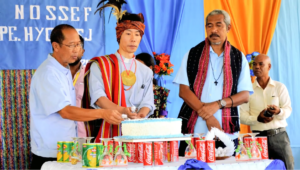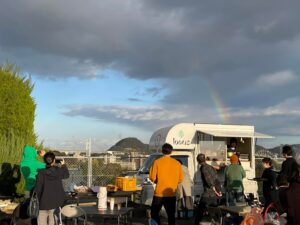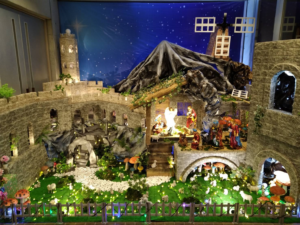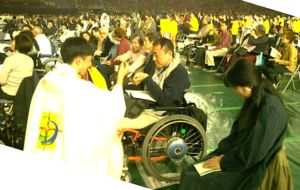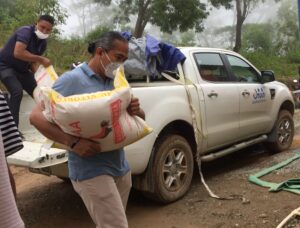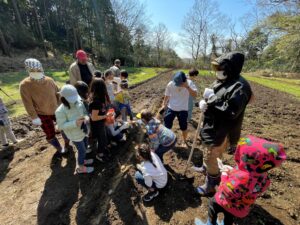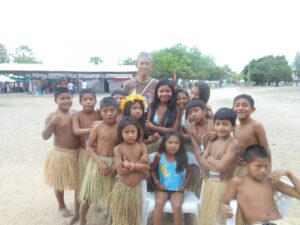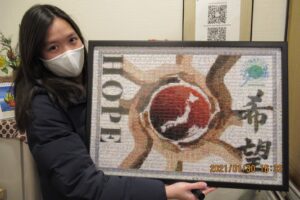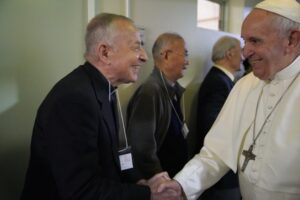『社会司牧通信』は、社会の現場で福音の精神を実践する人々の生の声を多くの人に伝え、社会問題に取り組む助けとなりたいという志で創刊されました。流行や権威に惑わされることなく、「小さな人々」に目を向け、声を聞き、連帯したいと考えて紙面をつくっています。どうぞ、ご購読下さい。
2023年3月28日
(1) 尹〈ユン〉大統領時代の韓国:挑戦と教会への示唆/デニス キム ウソン SJ(韓国・西江〈ソガン〉大学社会学部教授)
(2) ウクライナ侵攻と平和/小山 英之 SJ(上智大学神学部教授)
(3) 施政権返還50年の沖縄から/高橋 年男(沖縄県精神保健福祉会連合会 理事)
(4) この世界でもサニーに/山中 大樹 SJ(イエズス会司祭)
2022年9月20日
(1)サンタフェのウェスター大司教の司牧書簡『キリストの平和の光の中で生きる』への応答/髙見 三明(カトリック長崎大司教区 名誉大司教)
(2)日本における外国ルーツの子どもたちの状況:現場レポート/安藤 勇SJ(NPO法人足立インターナショナルアカデミー理事長)
(3)イエズス会東ティモール・ライラコ・ミッション/村山 兵衛SJ(イエズス会司祭)
(4)シノドスからのチャレンジという恵み/吉村 信夫(大阪教区新福音化委員会事務局長)
2022年4月17日
(1) キッチンカー「ロクス号」は夢をのせて/中井 淳 SJ
(2) 今日のメディアの役割:真理を広め、平和を促進する/アルン デソーザ SJ
(3) 映画『標的』が私たちに問うもの/西 千津
(4) オーストラリア・イエズス会社会サービスのCOP26に関する考察/ジャック パイパー
2022年3月2日
(1) クリスマスメッセージ―幼子イエスと共に成長しよう―/梶山 義夫SJ
(2) イグナチオ・デ・ロヨラの心の回心と実践―500年目の省察―/川村 信三 SJ
(3) コロナ禍にあって、水俣の地にて思うこと/葛西 伸夫
(4) ベトナム人技能実習生ホットラインから/旗手 明
2022年1月25日
(1) 東京パラリンピックの光と影/宮永 久人
(2) コロナ禍での教育と希望の光/鈴木 和枝
(3) 兄弟であるわたしたちが、兄弟になる ―回勅『兄弟の皆さん』を読んで―/西村 桃子
(4) タリタクム(TALITHA KUM) 人身取引禁止ネットワーク/アビー アベリノ MM
2022年1月25日
(1) ミャンマー軍クーデターと尊い国民の犠牲者/ビセンテ レクイェス
(2) 本業以外のボランティアが人生・社会を変える/柴田 潔 SJ
(3) 平和文化と私の天職:ボストンから広島への旅/メアリー ポペオ
(4) 東ティモールにおけるイエズス会社会サービスの洪水救援活動 /ジュリオ ソーサ SJ
2021年10月11日
(1) 日本の出入国管理法改正案の採決見送りを国際的観点から見る/安藤 勇 SJイエズス会社会司牧センタースタッフ
(2) 労働組合役員でカトリックの私が、「ヨセフ年」 にあたって労働問題について考えていること/鳥巣 雄樹
(3) 難民の人々を歓迎できる社会に!/有川 憲治
(4) シャルル・ド・フコーの霊性と日本の部落差別の現在/おおた まさる
2021年5月20日
(1) Ignatian Year(イグナチオ年)の開始に向けて/山内 保憲 SJ
(2) 使徒的勧告『愛するアマゾン』 ~教皇フランシスコのアマゾンにかける夢~ /堀江 節郎 SJ
(3) 現実を直視するために ―カトリック教会と性差別問題―/栗田 隆子
(4) イエズス会の教育ミッション/李 聖一 SJ
2021年5月14日
(1) 歓迎し、保護し、促進し、統合すること:チェルニー枢機卿講演会/ムカディ イルンガ SJ
(2) “脆い神”への眼差し 新型コロナウイルスのときにあたって/清水 靖子
(3) 天皇の生前退位と私たちの信仰/柴田 智悦
(4) コロナ禍における私たちのミッション ~聖イグナチオ教会国際青年会の新しい福音宣教~/馬杉 成華
2021年5月12日
(1) 「言葉は肉となって、私たちの間に宿った」(ヨハネ1:14)/梶山 義夫 SJ
(2) コロナ禍の中で咲いた“Hana”/藤田 優香
(3) 回勅 『フラテッリ・トゥッティ』 概説/ジェリー クスマノ SJ
(4) トランプ政権末期に死刑執行連発―バイデン大統領誕生と米国の死刑廃止―/柳川 朋毅
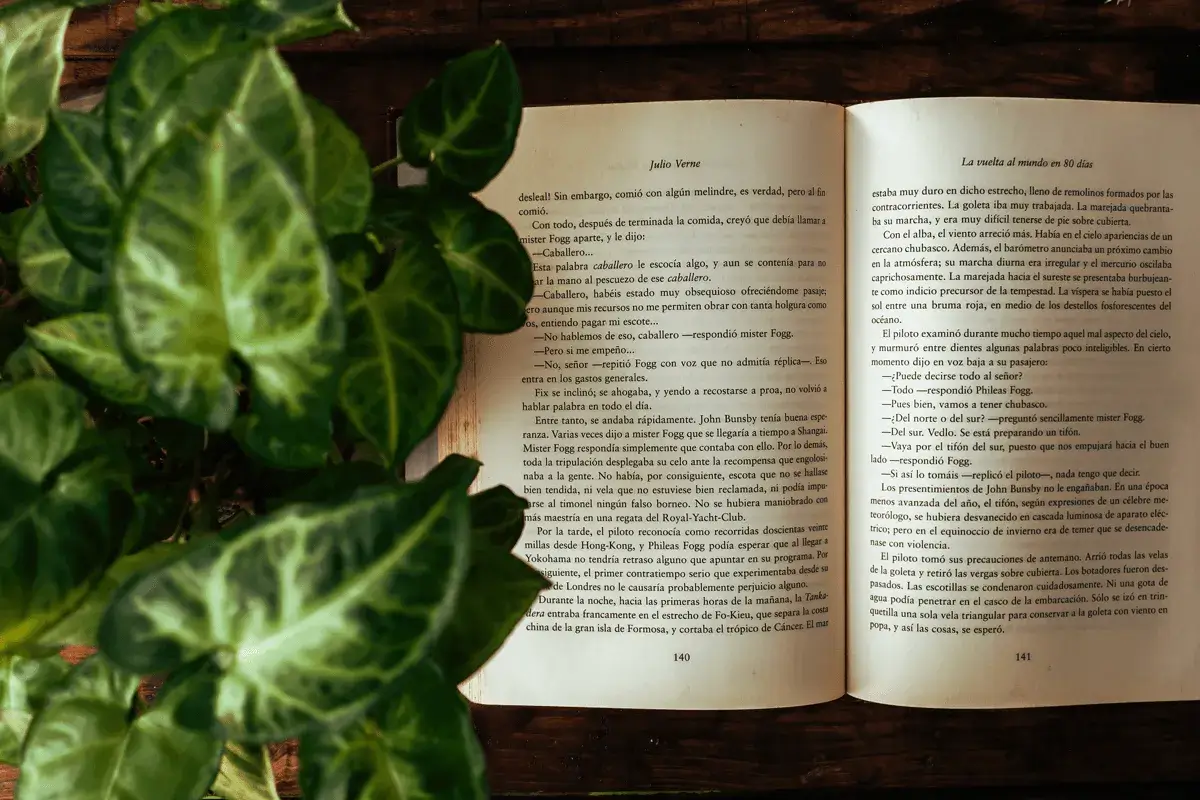
社会司牧通信の購読
Get the Latest News, Subscribe Here!

